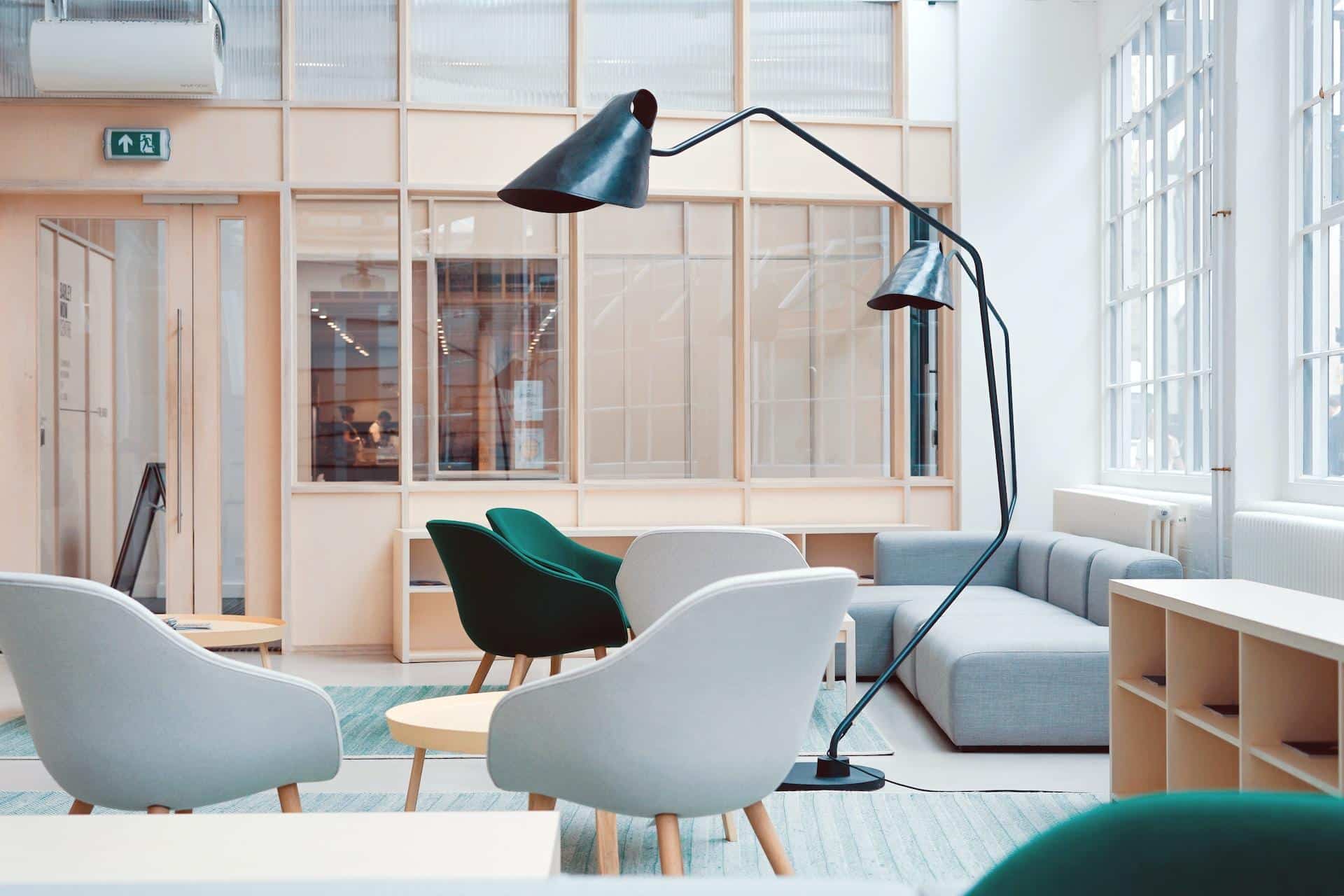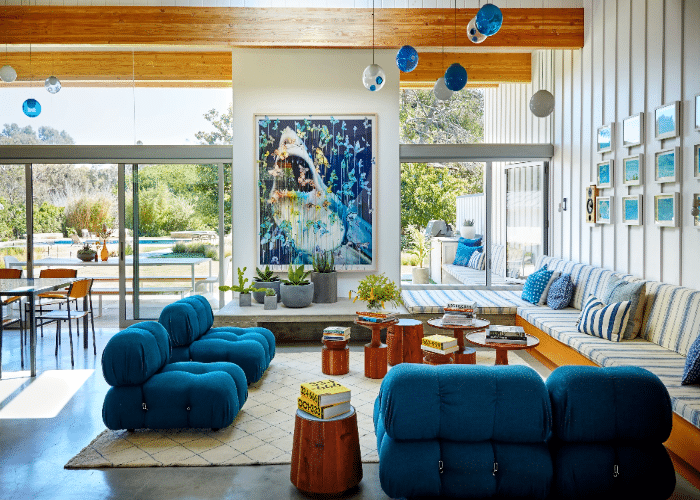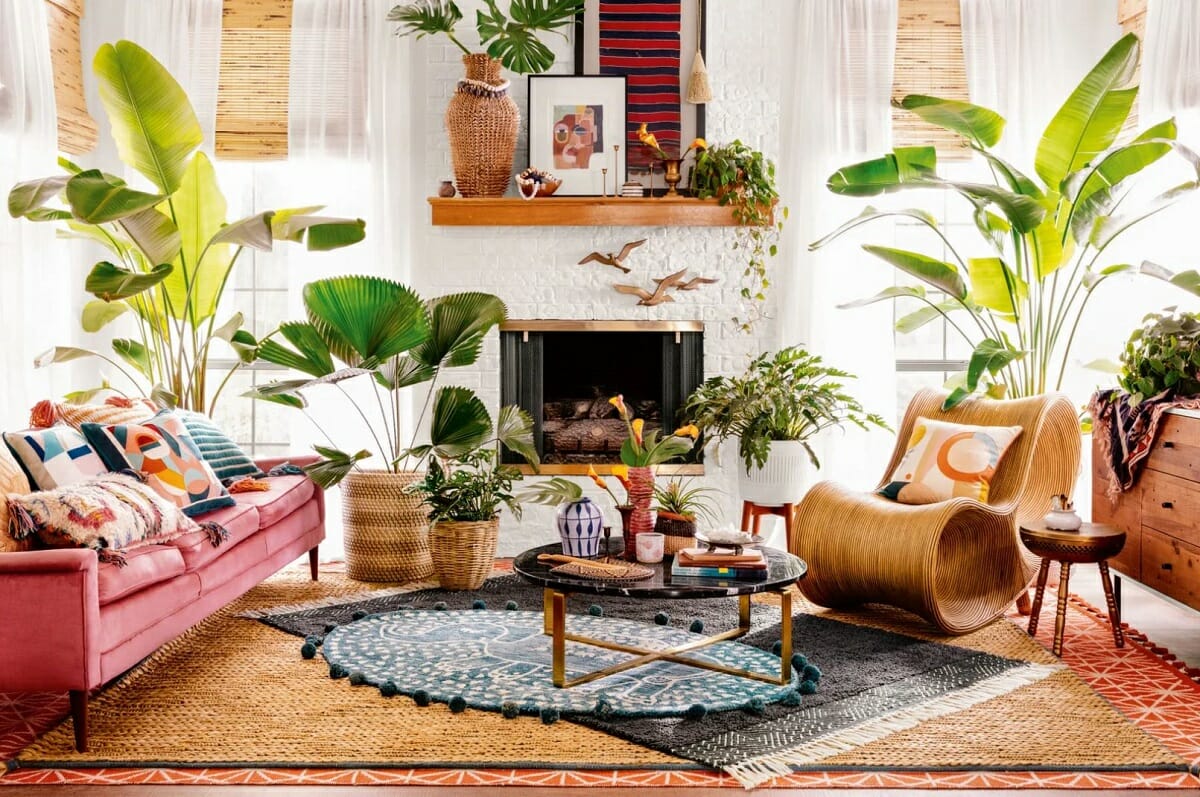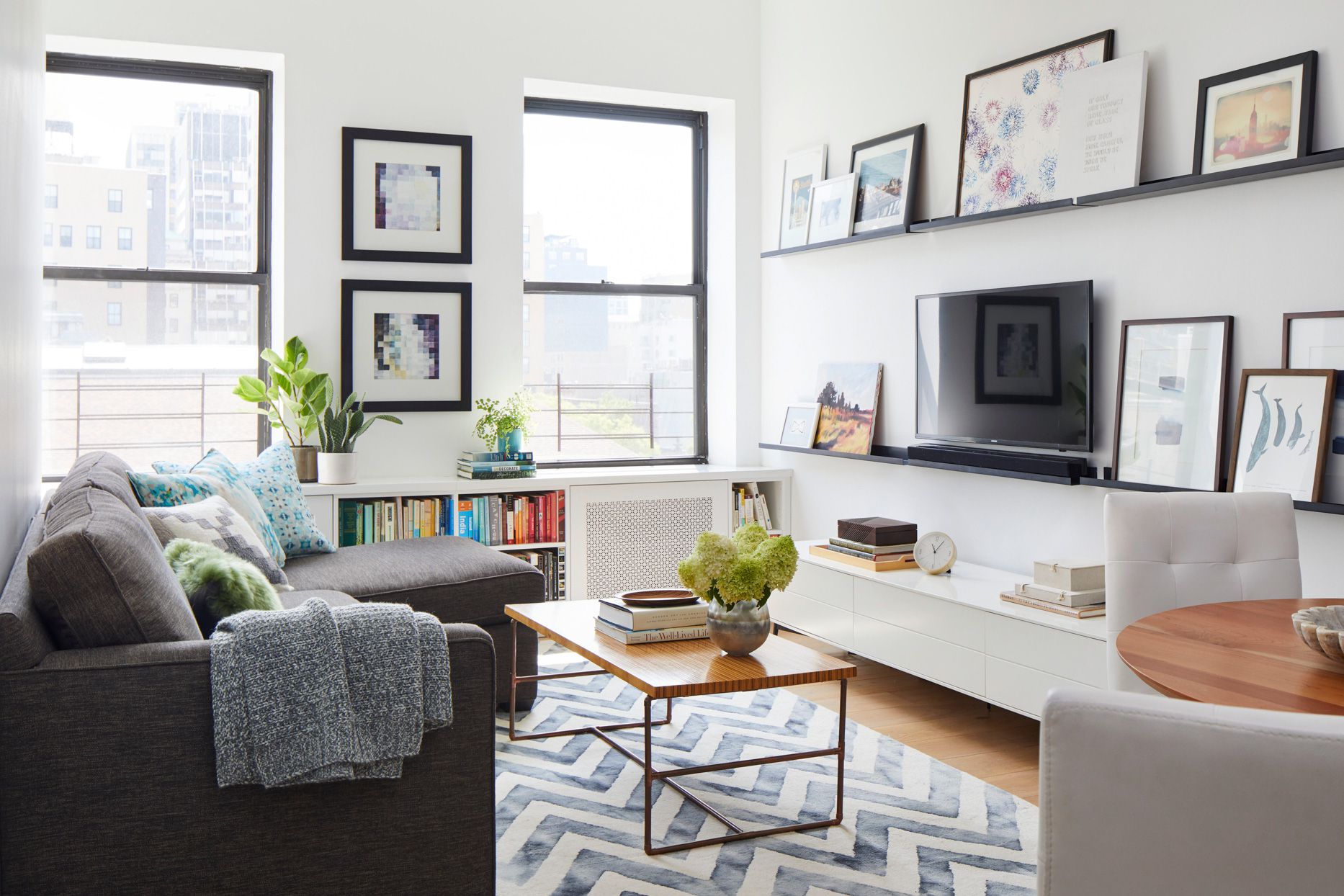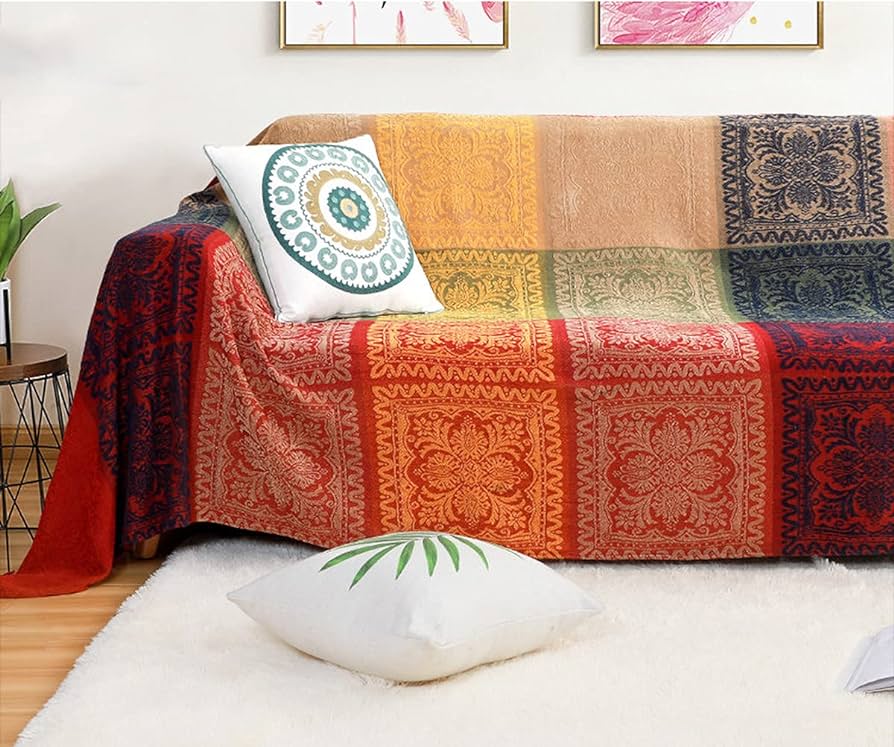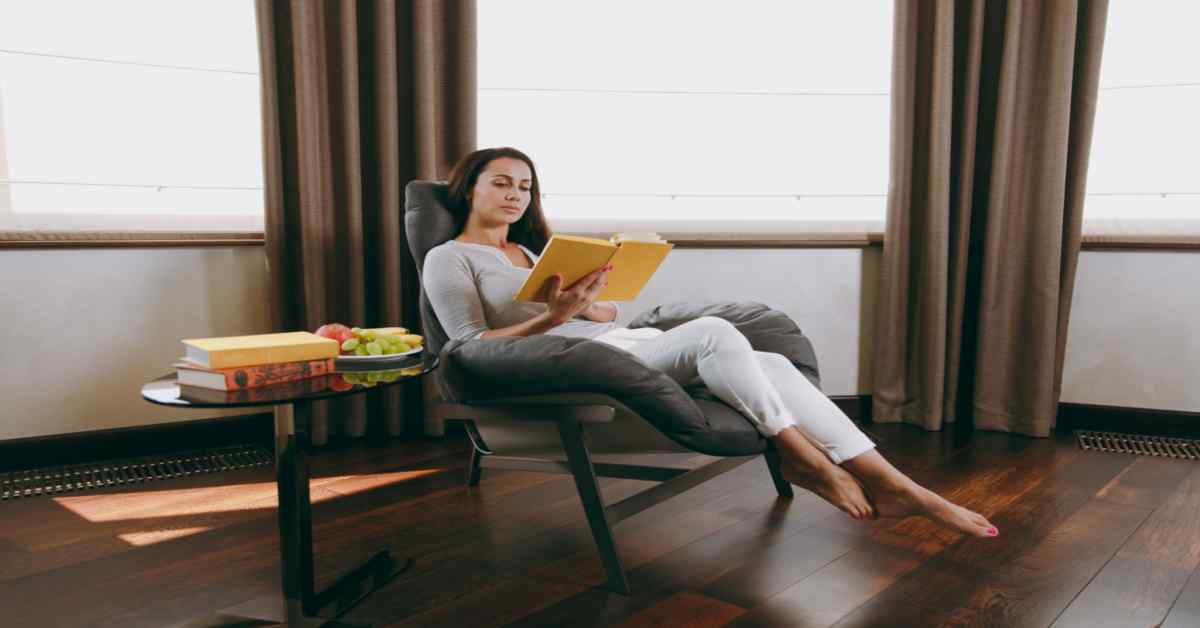The Art of Preserving Furniture: Essential Tips for Longevity and Beauty
Investing in quality furniture is not just about enhancing the aesthetic appeal of your home; it’s about creating a comfortable and inviting space that reflects your personal style. However, the longevity and appearance of your furniture largely depend on how well you maintain it. This comprehensive guide is designed to provide you with essential tips on furniture care and maintenance, ensuring that your pieces remain as beautiful and functional as the day you bought them.
Consistent Cleaning and Dusting
Dust can be more damaging than it appears, leading to the gradual wear and tear of furniture surfaces. Regular dusting with a soft, lint-free cloth or a microfiber duster is crucial. For deeper cleaning, it’s important to use products recommended by the manufacturer or consult with furniture care experts for the best solutions. This includes understanding the different needs of various materials like wood, metal, glass, and fabric. Each material may require a unique approach to cleaning and maintenance. For instance, wood often benefits from specific polishes and cleaners that enhance its natural beauty and protect its surface.
Protection from Sunlight
Direct sunlight can be detrimental to furniture, causing fading and material degradation. Positioning furniture away from direct sun exposure and using window treatments like blinds or curtains can help protect your pieces. For wooden furniture, periodic rotation can ensure even exposure and aging. Additionally, consider the use of UV-protectant sprays or finishes, especially for outdoor furniture, to provide an extra layer of protection against the sun’s harsh rays.
Use of Protective Accessories
Simple accessories like coasters and placemats can significantly protect furniture surfaces from stains, spills, and heat marks. This is particularly important for wooden and upholstered items, where such damage can be conspicuous and sometimes irreversible. Additionally, using felt pads under lamp bases, vases, and other decorative items can prevent scratches and scuffs on wooden surfaces. For sofas and chairs, throw blankets can not only add a decorative touch but also protect upholstery from wear and tear.
Upholstery Upkeep
For upholstered furniture, routine vacuuming is essential to remove dust and prevent dirt accumulation. Adhering to specific cleaning instructions for various upholstery materials is important, and prompt attention to spills is crucial to prevent staining. Periodic professional cleaning can also be beneficial for deep cleansing and maintenance. Furthermore, consider using fabric protectors to repel stains and spills, making cleanup easier and extending the life of your upholstery.
Controlling Humidity
Excessive moisture can be harmful to wood, leading to warping or mold. Maintaining a balanced humidity level in your home (ideally between 35-45%) is important. In humid climates, the use of a dehumidifier can be a wise decision to protect wooden furniture. Additionally, during dry seasons or in arid climates, using a humidifier can prevent the wood from drying out and cracking. It’s also important to avoid placing furniture near heating vents or air conditioners, as these can cause sudden temperature changes that affect the wood.
Tightening and Adjustments
Furniture joints and hardware can loosen over time. Regular checks and tightening of any screws or bolts are necessary to ensure the furniture’s stability and longevity. If you’re not confident in doing this yourself, seeking professional help is advisable. This is especially important for items that are used frequently, such as chairs and tables, as loose joints can lead to further damage or even accidents.
Balanced Use and Rotation
To avoid uneven wear and tear, it’s beneficial to rotate cushions and rearrange furniture periodically. This practice ensures that all parts of the furniture are used evenly, extending its lifespan. For example, flipping and rotating sofa cushions can prevent uneven wear and sagging. Similarly, rearranging furniture in a room can not only refresh the space but also distribute wear evenly across various pieces.
Weight Limit Adherence
Understanding and adhering to the weight limits of furniture, especially for items like shelves and cabinets, is crucial to prevent overburdening and potential damage. Always refer to the manufacturer’s guidelines for weight capacities. This is particularly important for furniture with moving parts, such as extendable tables or reclining chairs, where exceeding weight limits can cause mechanical failures or structural damage.
Pet-Friendly Practices
Pets can unintentionally damage furniture. Protecting your furniture with pet-friendly covers and training your pets to avoid climbing on furniture can help preserve its condition. Additionally, regular grooming of pets can reduce the amount of hair and dander that accumulates on furniture, and using scratch guards can protect against claw marks.

Seeking Professional Advice
For specific furniture types, consulting with professionals or referring to the manufacturer’s care instructions can provide valuable insights into proper maintenance. This tailored advice can be crucial for preserving the unique qualities of different furniture materials. For example, antique furniture may require special care techniques that are different from modern pieces. Similarly, high-end materials like leather or exotic wood may have specific maintenance requirements to retain their quality and appearance.
1StopBedrooms: A Partner in Furniture Care
1StopBedrooms stands as a beacon in the furniture industry, offering exceptional customer service and a unique, enjoyable shopping experience. Their focus on furniture ensures that customers receive specialized guidance and support. With innovative systems and technology, 1StopBedrooms has revolutionized the online furniture shopping experience, making it more efficient and user-friendly.
The Reward of Diligent Furniture Care
Regular maintenance and care of your furniture are investments that pay off in the long run. Not only do these practices extend the life of your furniture, but they also maintain its beauty and functionality. By following these guidelines and seeking expert advice when necessary, you can enjoy your elegant and well-preserved furniture for many years to come.

